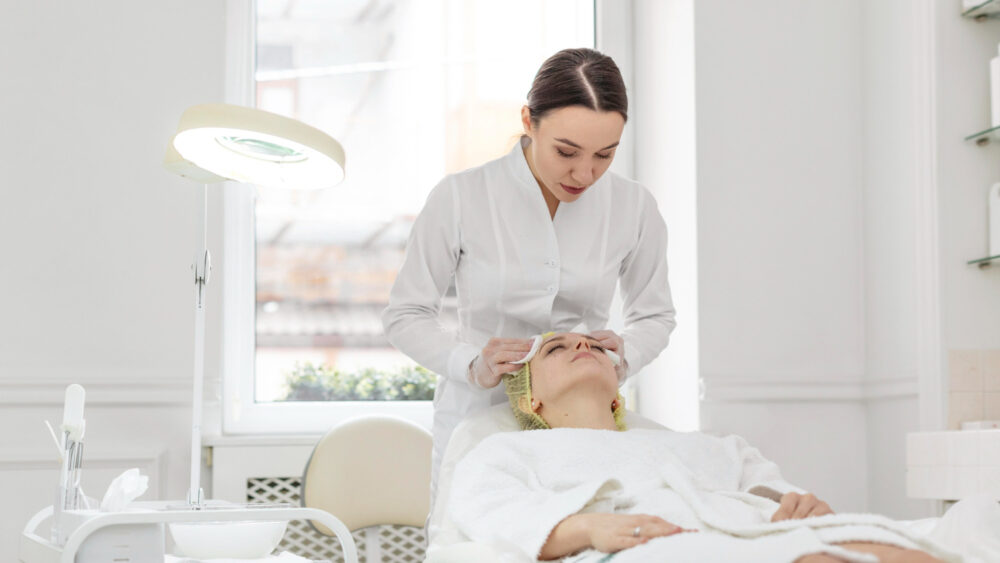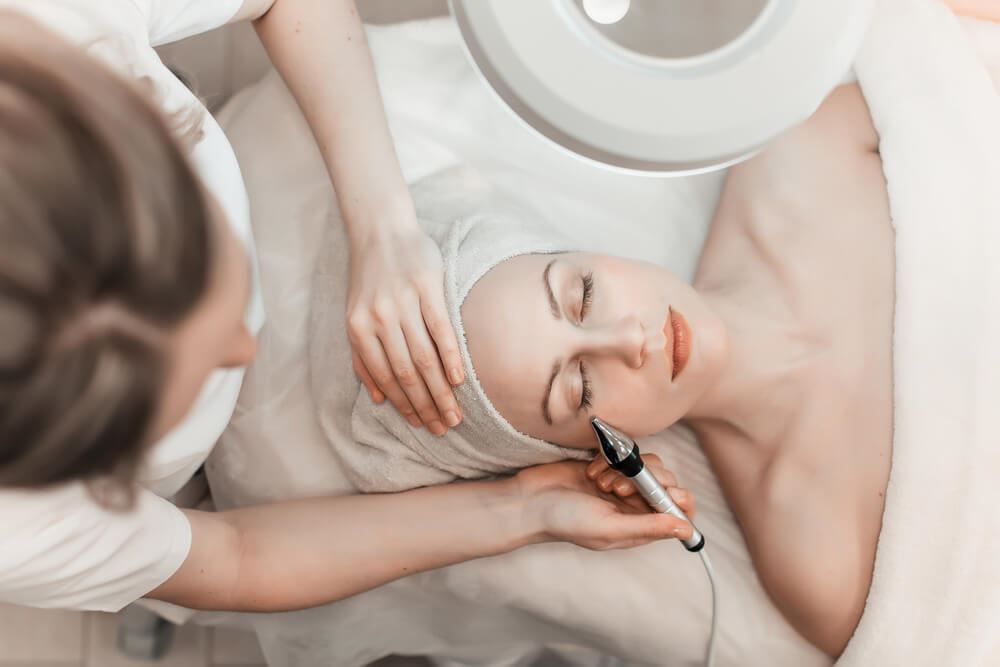Medical Spa Privacy Compliance: The Ultimate Legal Blueprint to Safeguard Patient Information
Medical spa privacy compliance is essential as aesthetic healthcare continues to blur the line between wellness and medicine. Medical spas find themselves operating at a regulatory intersection where clinical responsibility meets client-centered care. One of the most critical—but often overlooked—requirements for these hybrid businesses is compliance with federal data privacy laws, particularly the Health Insurance Portability and Accountability Act (HIPAA).
Medical spa privacy compliance requires any facility performing medically oriented services, even those outside of traditional primary care, to evaluate its responsibility under HIPAA. Medical spas, which often collect, transmit, and store sensitive patient information, are no exception.
Why Medical Spa Privacy Compliance Is a Legal Obligation
Patient data is no longer confined to paper files and locked cabinets. Most medical spas rely on digital forms, cloud-based booking systems, and electronic health records to manage their operations. When these systems handle Protected Health Information (PHI)—such as treatment histories, diagnostic data, or personal identifiers—HIPAA’s Security and Privacy Rules apply.
Noncompliance isn’t just a technical error. It’s a legal liability that can lead to government audits, steep financial penalties, and reputational damage.
Building a Legally Sound Data Protection Strategy for Medical Spa Privacy Compliance
Internal Oversight and Accountability
Every spa handling patient data should appoint a privacy lead or compliance officer responsible for managing internal protocols. This role involves:
- Overseeing staff education
- Updating internal documentation
- Monitoring compliance across workflows
Regular audits and policy reviews are essential, particularly as new technology platforms or service lines are introduced.
System Security and Digital Infrastructure
Medical spas must implement strong technical defenses to prevent data loss or unauthorized access. These include:
- Role-based access restrictions for staff
- Strong password protocols and multi-factor authentication
- Encrypted communication channels
- Secure cloud storage and backup systems
- Activity tracking logs for patient file access
All devices, including laptops, tablets, and mobile phones used to handle PHI, must meet encryption and access control standards.
On-Site and Physical Security Measures
Privacy also depends on how facilities handle their physical space. Compliance measures should address:
- Controlled access to staff-only areas
- Secured storage for paper records or patient photos
- Screen protections at workstations visible to the public
- Secure disposal of paper documents containing PHI
Physical safeguards are frequently overlooked—but they’re critical to full compliance.
Training Staff to Uphold Medical Spa Privacy Compliance
A privacy program is only as strong as the people carrying it out. Medical spas must implement structured training for all personnel handling client data. Training should include:
- Overview of HIPAA’s legal standards
- Internal policies and permitted disclosures
- Red flags and examples of potential violations
- Procedures for reporting errors or suspected breaches
Annual re-certification and documented staff acknowledgment are key components of a defensible compliance record.
Vendor and Third-Party Contract Management in Medical Spa Privacy Compliance
Many spas outsource services like appointment management, data hosting, or payment processing. If those vendors access PHI, the medical spa must:
- Enter into a Business Associate Agreement (BAA) with each vendor
- Confirm that the vendor’s practices meet HIPAA standards
- Establish breach reporting obligations and contractual protections
Without BAAs in place, the spa may bear full legal responsibility for the vendor’s errors or data loss.
Responding to Data Breaches: A Legal Imperative for Medical Spa Privacy Compliance
Even with robust protections, security incidents can occur. HIPAA mandates that spas notify affected individuals, document the event, and potentially report breaches to the U.S. Department of Health and Human Services (HHS).
An effective incident response plan should include:
- An internal investigation protocol
- Timelines for reporting
- Documentation of remedial actions
- Legal review before external disclosures are made
Failing to respond appropriately may compound regulatory exposure.
Common Pitfalls in Medical Spa Privacy Compliance
From our legal audits, the most frequent mistakes include:
- Using non-compliant communication tools (e.g., texting PHI without encryption)
- Sharing patient images on social media without written authorization
- Allowing untrained staff to access digital records
- Lacking breach protocols or documented policies
Penalties can range from $100 to $50,000 per violation, with annual caps exceeding $1.5 million, depending on severity and willfulness.
Conclusion: Medical Spa Privacy Compliance Is a Core Business Standard
The potential of the medical spa market is enormous—but so is the scrutiny around patient privacy. Whether you’re launching your first aesthetic practice or expanding a multi-location brand, medical spa privacy compliance isn’t optional—it’s foundational.
At DIKE LAW GROUP, we help medical spa owners establish legally compliant privacy programs, draft enforceable policies, and navigate complex healthcare regulations with confidence. Our team understands the unique challenges that come with blending wellness and medical care—and we’re here to guide you through them.
If you’re ready to align your operations with federal and state privacy standards, you can schedule an in-person meeting with our legal team to discuss your business goals and compliance needs.
For ongoing insights and updates, you can also find us on Instagram, LinkedIn, YouTube, TikTok, and Facebook, where we share practical information for healthcare business owners and operators.





